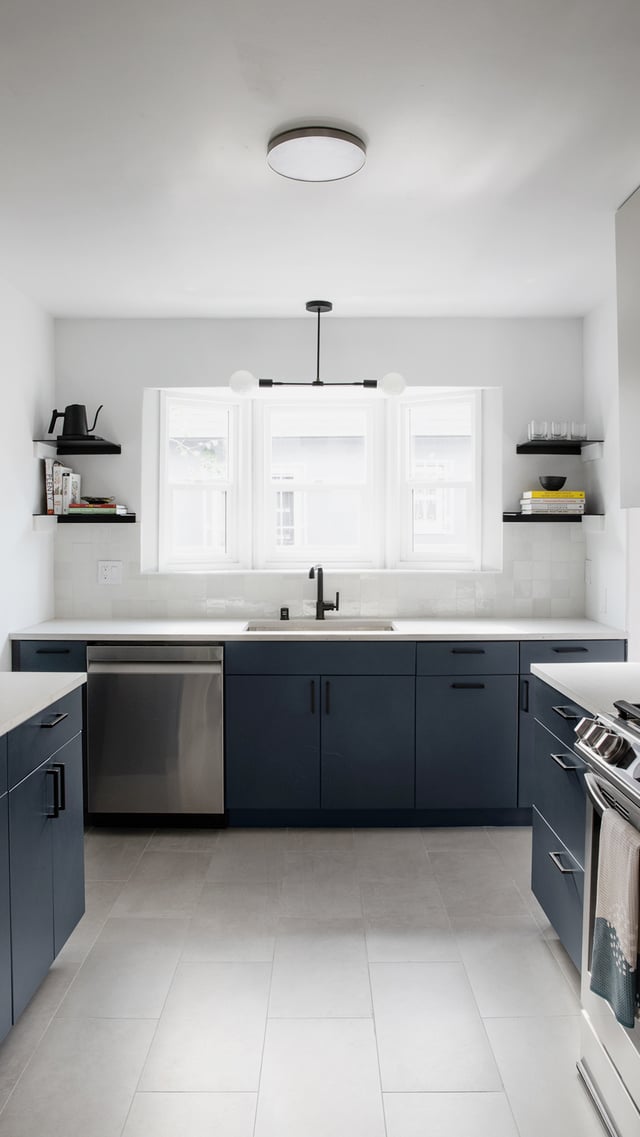
Cost
How Much Does a Home Renovation Cost in LA?
03.13.2025
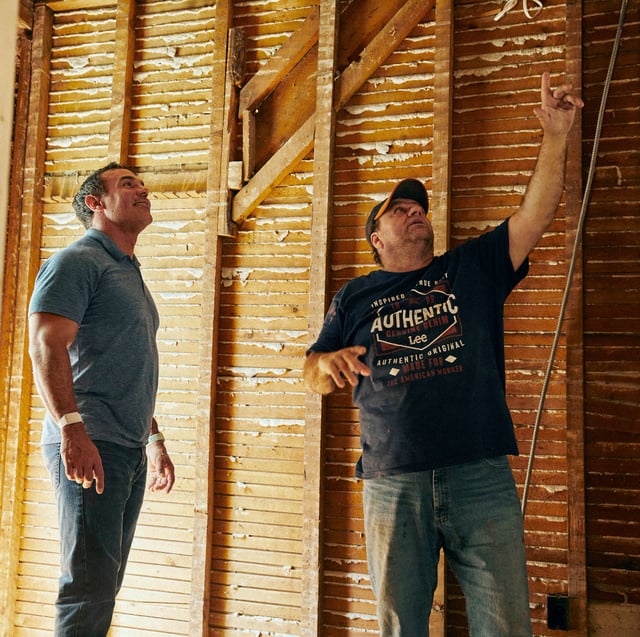
In This Article
Discover how you can protect your home from earthquakes while renovating it with style and safety in mind.
When remodeling your home, it's important to consider the risks associated with earthquakes and the potential damage they can cause. Earthquakes can result in structural damage to your home, leading to costly repairs and even the risk of collapse. By understanding the risks and taking steps to mitigate them, you can ensure the safety of your home and protect your investment.
One of the key risks of earthquakes is the shaking of the ground, which can cause walls, ceilings, and floors to crack or collapse. This can result in significant damage to your home's structure and potentially render it uninhabitable. Additionally, earthquakes can also cause landslides, liquefaction, and tsunamis, depending on your location.
By understanding these risks, you can identify the areas of your home that are most vulnerable and take appropriate measures to reinforce them. This may include retrofitting your home's foundation, strengthening walls and roofs, and securing heavy furniture and appliances to prevent them from toppling over during an earthquake.
Seismic retrofitting is the process of making structural improvements to a building to make it more resistant to earthquakes. When remodeling your home, it's essential to consider the key factors involved in seismic retrofitting to ensure the safety and stability of your property.
One of the first considerations is assessing the current condition of your home's foundation. A strong and stable foundation is crucial for withstanding seismic activity. If your foundation is weak or damaged, it may need to be repaired or reinforced before proceeding with any other retrofitting measures.
Another important consideration is the use of seismic-resistant materials and construction techniques. Consulting with a structural engineer or seismic retrofitting specialist can help you determine the most suitable materials and techniques for your specific needs.
Additionally, it's important to consider the local building codes and regulations related to earthquake safety. These codes provide guidelines for seismic retrofitting and ensure that the necessary precautions are taken to protect your home. Familiarize yourself with these codes and work with professionals who are knowledgeable in earthquake-resistant design.
When planning a home remodeling project, it's crucial to incorporate earthquake safety measures into your design. By considering earthquake safety from the beginning, you can minimize the potential risks and ensure the long-term stability of your home.
One way to incorporate earthquake safety is by designing open floor plans that allow for flexibility and movement during seismic activity. Avoiding unnecessary partitions and walls can help prevent the concentration of stress points and reduce the chances of structural damage.
Additionally, consider the placement of heavy furniture and fixtures in your home. Secure them to the walls or floor to prevent them from toppling over during an earthquake. This can be done by using anchor straps or brackets that are specifically designed for earthquake safety.
Furthermore, consider the location of important utilities such as gas lines, water pipes, and electrical wiring. Ensure that these systems are properly installed by professionals and reinforced to minimize the risk of leaks, fires, or electric shocks during an earthquake.
By incorporating earthquake safety into your remodeling plans, you can create a home that not only looks beautiful but also provides a safe and secure environment for you and your family.
Choosing the right materials is a critical aspect of earthquake-resistant design. When remodeling your home, it's essential to select materials that can withstand seismic forces and minimize the risk of damage.
One important material to consider is reinforced concrete, which has excellent strength and ductility properties. Reinforced concrete can effectively absorb and distribute seismic forces, reducing the chances of structural failure.
Another material to consider is steel, which has high tensile strength and flexibility. Steel can be used to reinforce critical structural elements such as beams, columns, and connections, enhancing the overall stability of your home.
In addition to these materials, there are various other options available that offer earthquake resistance, such as laminated glass, fiber-reinforced polymers, and advanced framing techniques. Consulting with professionals in the field of earthquake-resistant design can help you make informed decisions about the materials that best suit your needs and budget.
Remember, using earthquake-resistant materials is not only important for protecting your home but also for ensuring the safety of its occupants.
Earthquake-proofing your home offers numerous benefits, both in terms of safety and financial security. By taking the necessary precautions to protect your home from earthquakes, you can enjoy peace of mind knowing that you have minimized the risks and potential damage.
One of the primary benefits of earthquake-proofing is the safety it provides for you and your family. Structural reinforcements and safety measures can significantly reduce the chances of injury or even death during an earthquake. By investing in earthquake-proofing, you are investing in the well-being of your loved ones.
Another benefit is the long-term financial security it offers. Earthquakes can cause severe damage to homes, resulting in costly repairs and potential loss of property value. By earthquake-proofing your home, you can minimize the extent of damage and potentially save thousands of dollars in repair costs.
Furthermore, earthquake-proofing can also result in reduced insurance premiums. Many insurance companies offer discounts to homeowners who have taken proactive measures to protect their homes against earthquakes. By demonstrating that your home is equipped with earthquake-resistant features, you may be eligible for lower insurance rates.
In conclusion, earthquake-proofing your home is a wise investment that offers both immediate and long-term benefits. By prioritizing earthquake safety during the remodeling process, you can protect your home, your loved ones, and your financial well-being.
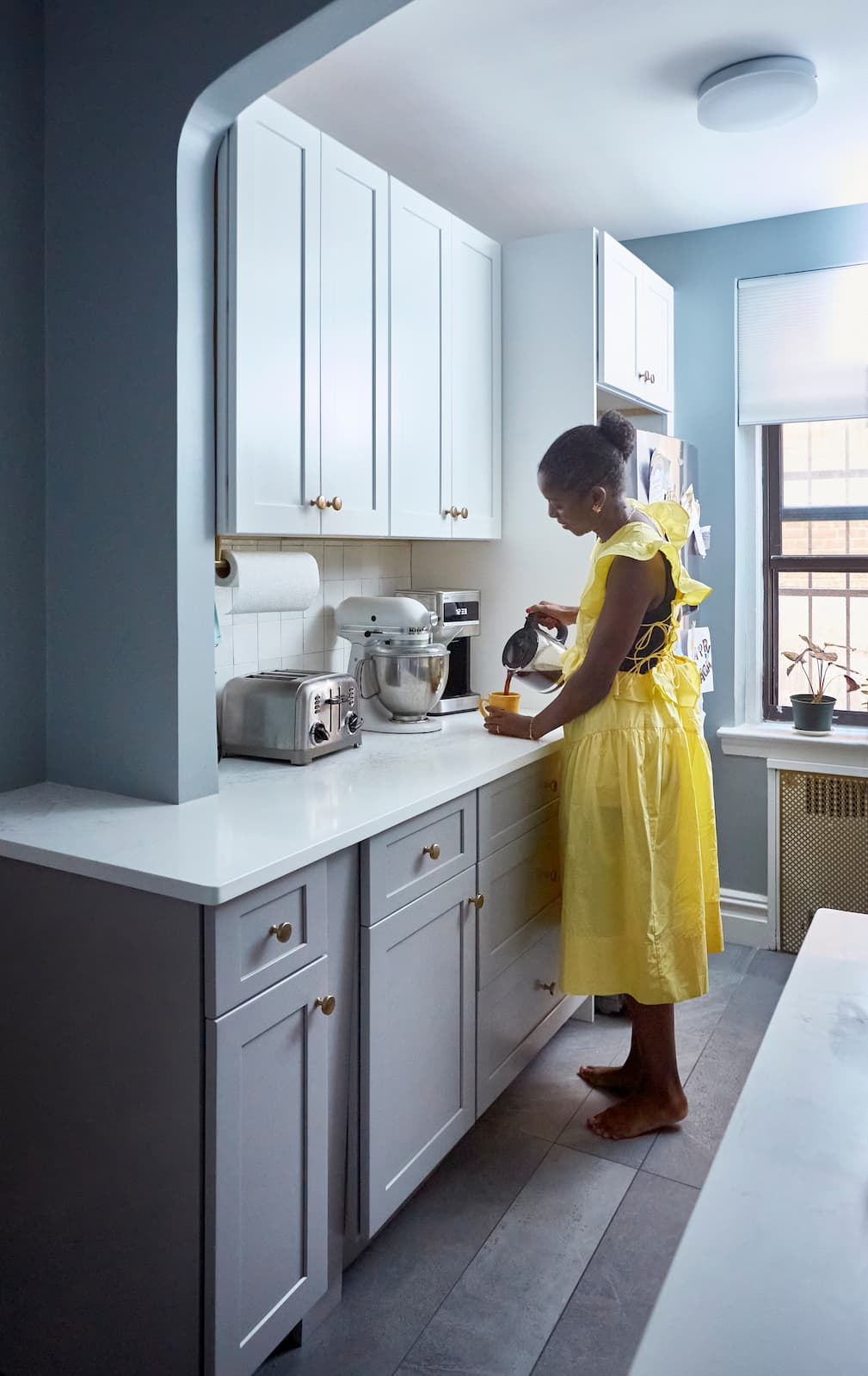
Renovate confidently with Block
Easily compare quotes from top quality contractors, and get peace of mind with warranty & price protections.
Thousands of homeowners have renovated with Block

4.5 Stars (100+)

4.7 Stars (100+)

4.5 Stars (75+)

Cost
How Much Does a Home Renovation Cost in LA?
03.13.2025
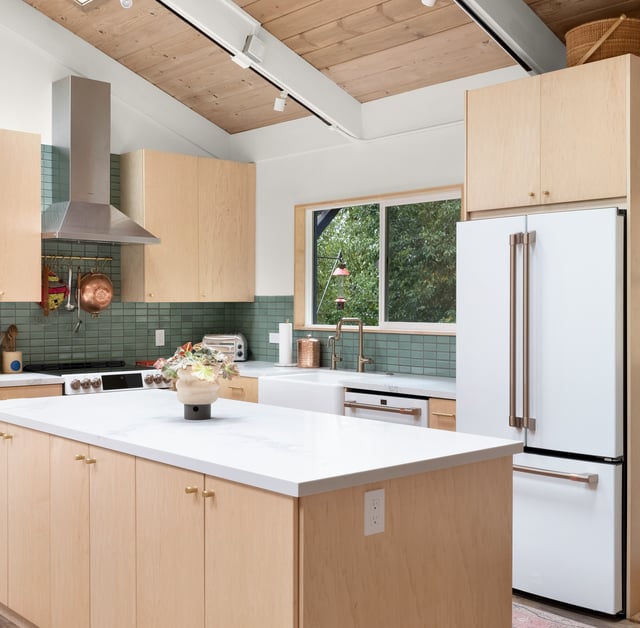
Cost
How Much Does a Home Renovation Cost in the Bay Area?
03.13.2025
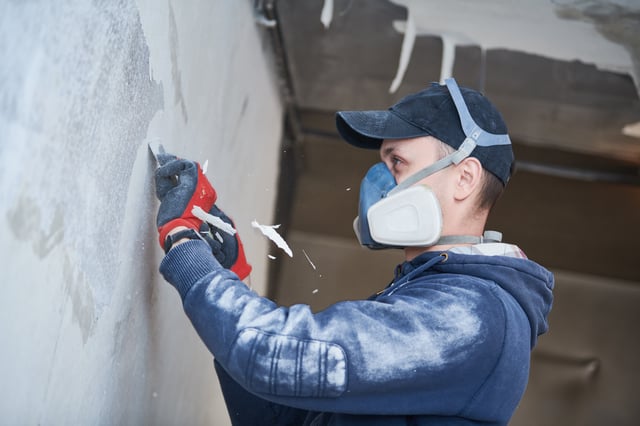
Remodeling
Steps to Take After a Fire: Renovating Your Damaged Home
01.21.2025
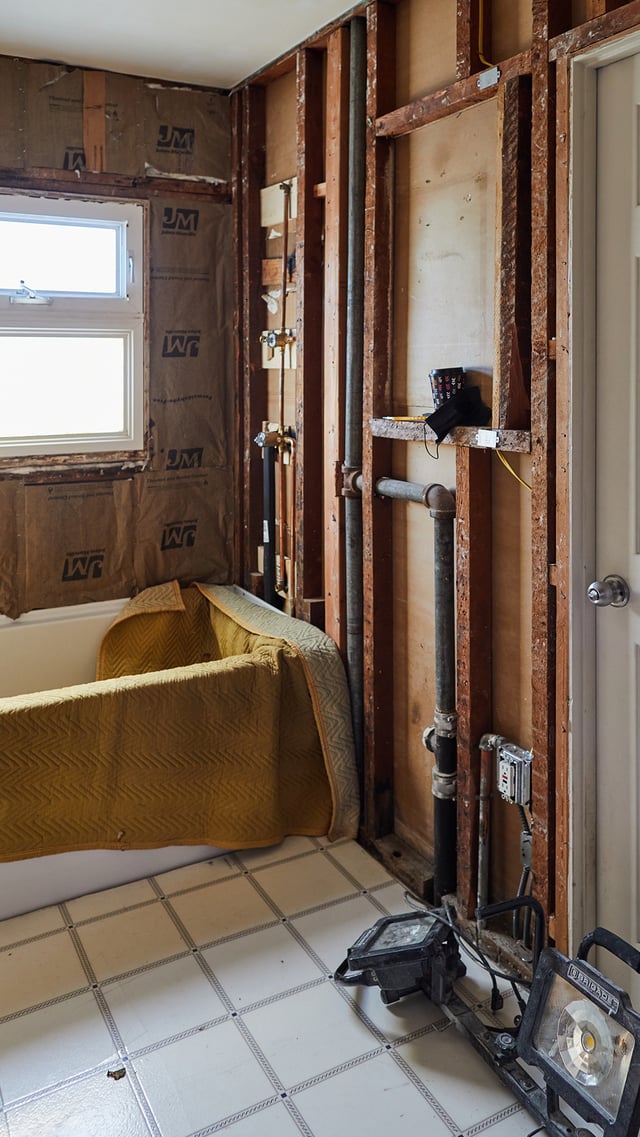
Los Angeles
Doing a Gut Renovation in Los Angeles
11.11.2024
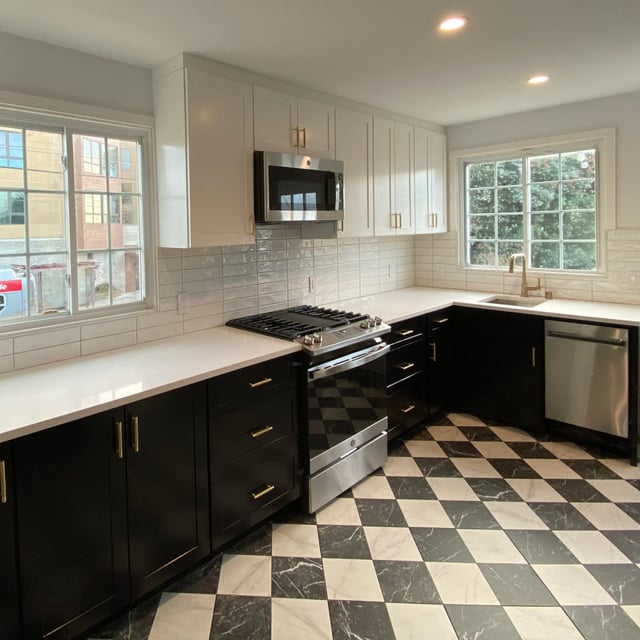
Kitchen
A Complete Guide to Bay Area Kitchen Remodels
06.14.2024
Renovate confidently